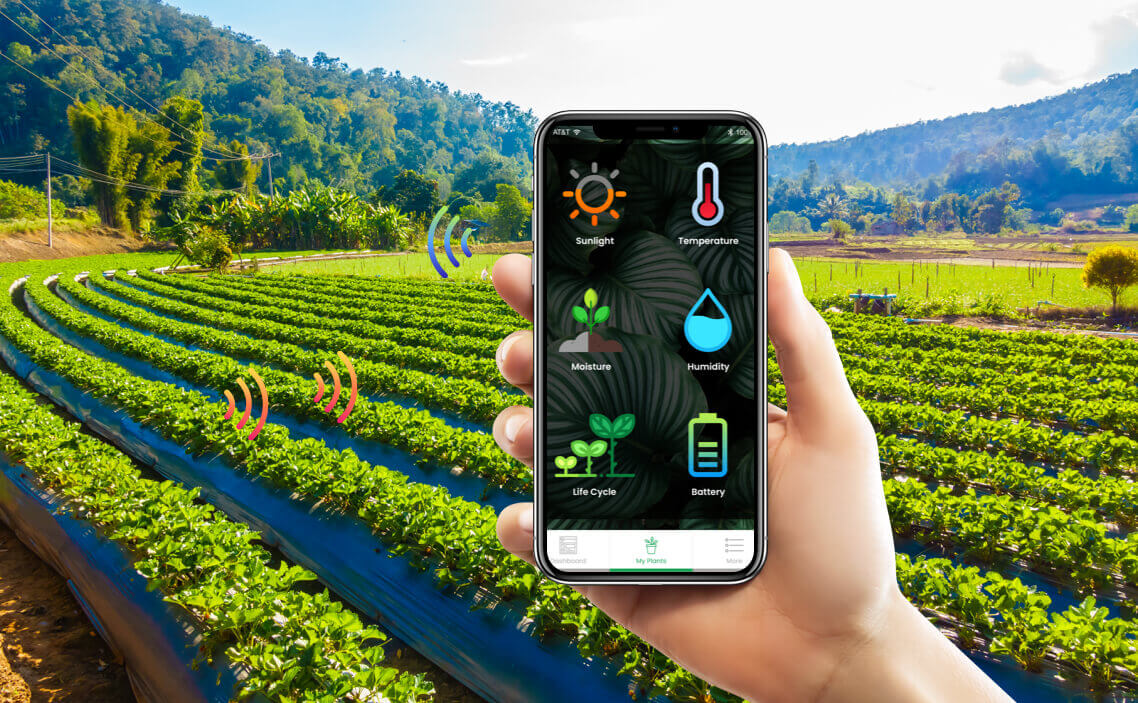Harnessing the Power of Data: Mastering Agricultural Data Management for Smart Farming Success
Agricultural Data Management landscape is undergoing a significant transformation. Smart agriculture, driven by technological advancements like the Internet of Things (IoT) and big data, is revolutionizing how we manage farms. At the heart of this revolution lies a crucial element: agricultural data management.
This article delves into the world of agricultural data management, exploring its importance, key components, and best practices for implementation. We’ll examine how effectively managing data empowers farmers to make informed decisions, optimize resource utilization, and ultimately, achieve greater farm productivity and profitability.
Contents
The Rise of Data in Agriculture
For generations, farmers have relied on experience, intuition, and traditional practices to guide their agricultural operations. While these methods hold merit, the modern agricultural landscape demands a more data-driven approach.
Smart agriculture technologies generate a wealth of information, including:
- Sensor data: Sensors deployed throughout the farm collect real-time data on soil moisture, temperature, humidity, and plant health.
- Weather data: Integration with weather stations provides insights into upcoming weather patterns, enabling proactive measures.
- Machinery data: Farm equipment transmits data on performance, fuel consumption, and potential maintenance needs.
- Yield data: Harvest data provides valuable information on crop performance and helps identify areas for improvement.
This vast amount of data, when properly managed, becomes a powerful tool for farmers.
Why is Agricultural Data Management Important?
Effective data management unlocks a multitude of benefits for smart agriculture:
-
Informed Decision-Making: Data analysis provides insights into crop health, soil conditions, and resource utilization. This empowers farmers to make data-driven decisions on irrigation, fertilization, pest control, and planting practices.
-
Precision Agriculture: By analyzing real-time and historical data, farmers can implement precision agriculture techniques. This allows for targeted application of resources, minimizing waste and maximizing resource efficiency.
-
Improved Yield and Quality: Data-driven decisions based on soil conditions and crop health can lead to improved crop yields and enhanced product quality.
-
Reduced Risk and Increased Profitability: Early detection of potential issues like pest infestations or nutrient deficiencies allows for proactive intervention, minimizing crop damage and economic losses.
-
Sustainability: Data management facilitates sustainable practices by optimizing resource usage and minimizing environmental impact.
Here’s an example: A farmer can analyze historical data and sensor readings to determine the optimal watering schedule for their crops. This data-driven approach ensures that crops receive the precise amount of water they need, preventing both water waste and under-watering stress.
Building a Robust Agricultural Data Management System
Implementing a robust agricultural data management system requires careful consideration of several key elements:
-
Data Collection: The system needs to seamlessly collect data from various sources, including sensors, weather stations, farm equipment, and historical records.
-
Data Storage: Securely storing large volumes of data is crucial. Cloud-based platforms offer scalability and accessibility, while on-premise solutions offer greater control over data privacy.
-
Data Integration: The system should integrate data from different sources to provide a holistic view of farm operations.
-
Data Analysis: Analytical tools are essential for transforming raw data into actionable insights. Selecting tools that are user-friendly and cater to specific farm needs is vital.
-
Data Visualization: Data visualization tools present complex data sets in clear and easily digestible formats for better decision-making.
-
Cybersecurity Agricultural Data Management: As farms become increasingly reliant on digital systems, robust cybersecurity measures are essential to protect sensitive data from cyberattacks.
Best Practices for Agricultural Data Management:
-
Define Data Management Goals: Clearly define the specific goals you aim to achieve through data management. This helps prioritize data collection and analysis efforts.
-
Start Small, Scale Up: Implement the system in phases, starting with core functionalities and gradually adding features as comfort and expertise grow.
-
Invest in Training Agricultural Data Management: Train yourself and your farm staff on how to use the data management system effectively.
-
Data Security Agricultural Data Management: Implement robust cybersecurity measures to protect your valuable farm data from unauthorized access.
-
Data Ownership and Sharing: Determine data ownership policies and define protocols for sharing data with third-party service providers or agricultural consultants.
Collaboration and the Future of Data Management
As data becomes the lifeblood of modern agriculture, collaboration between farmers, technology providers, and agricultural experts becomes crucial. Here’s how collaboration can enhance data management:
-
Sharing best practices Agricultural Data Management: Sharing data management strategies among farmers can accelerate collective knowledge and improve industry-wide practices.
-
Technology development: Collaboration between farmers and technology providers can lead to the development of more user-friendly and purpose-built data management tools for specific agricultural needs.
-
Expert Consultation: Data analysis can be complex. Consulting with agricultural experts can unlock deeper insights from farm data, leading to more informed decisions.




